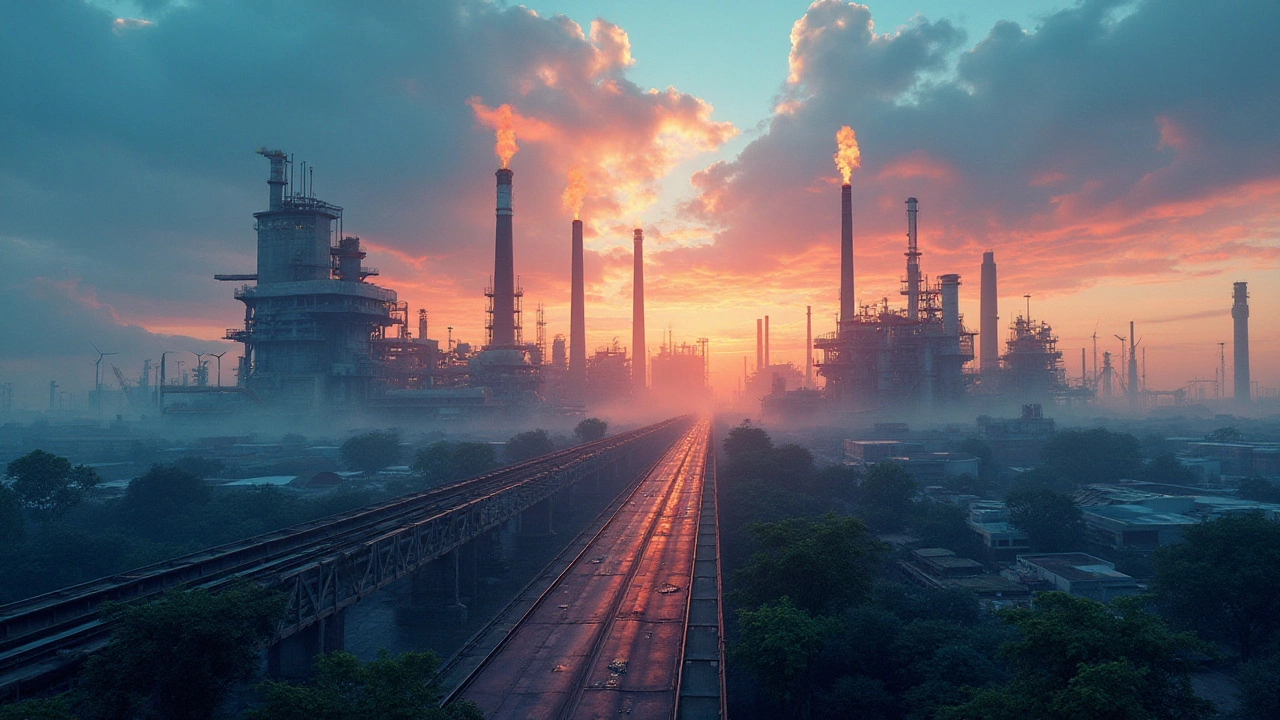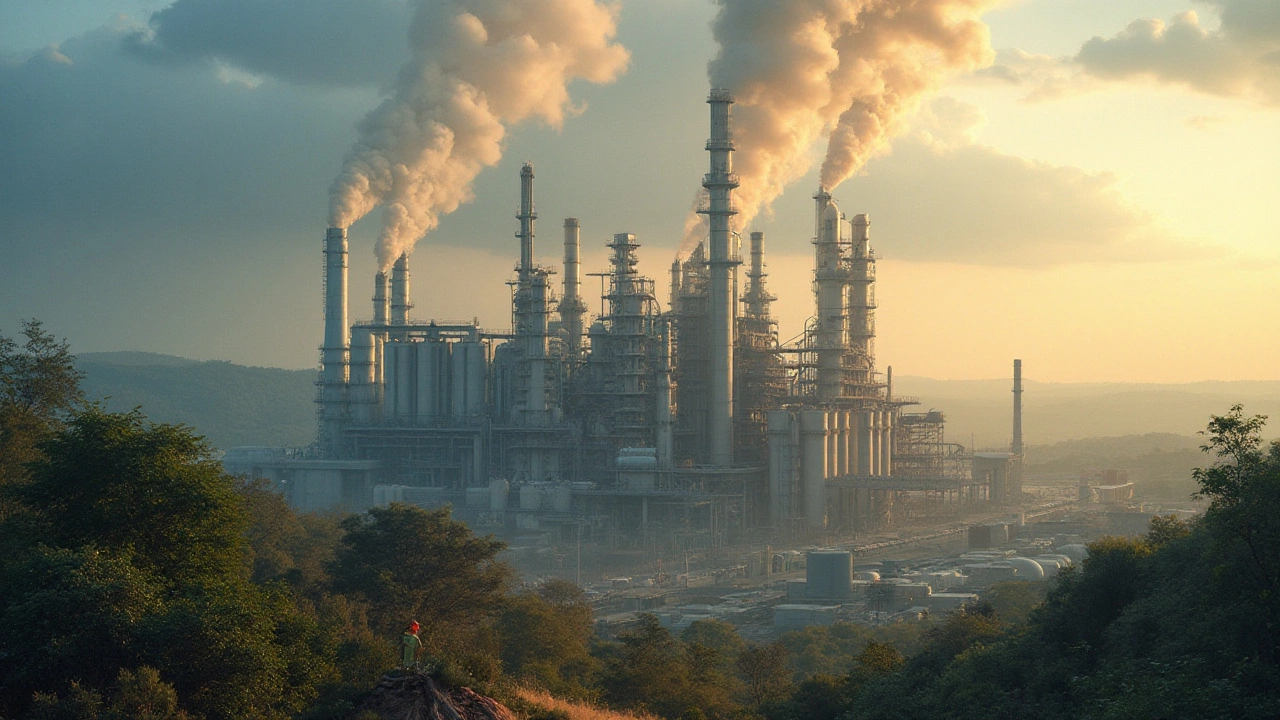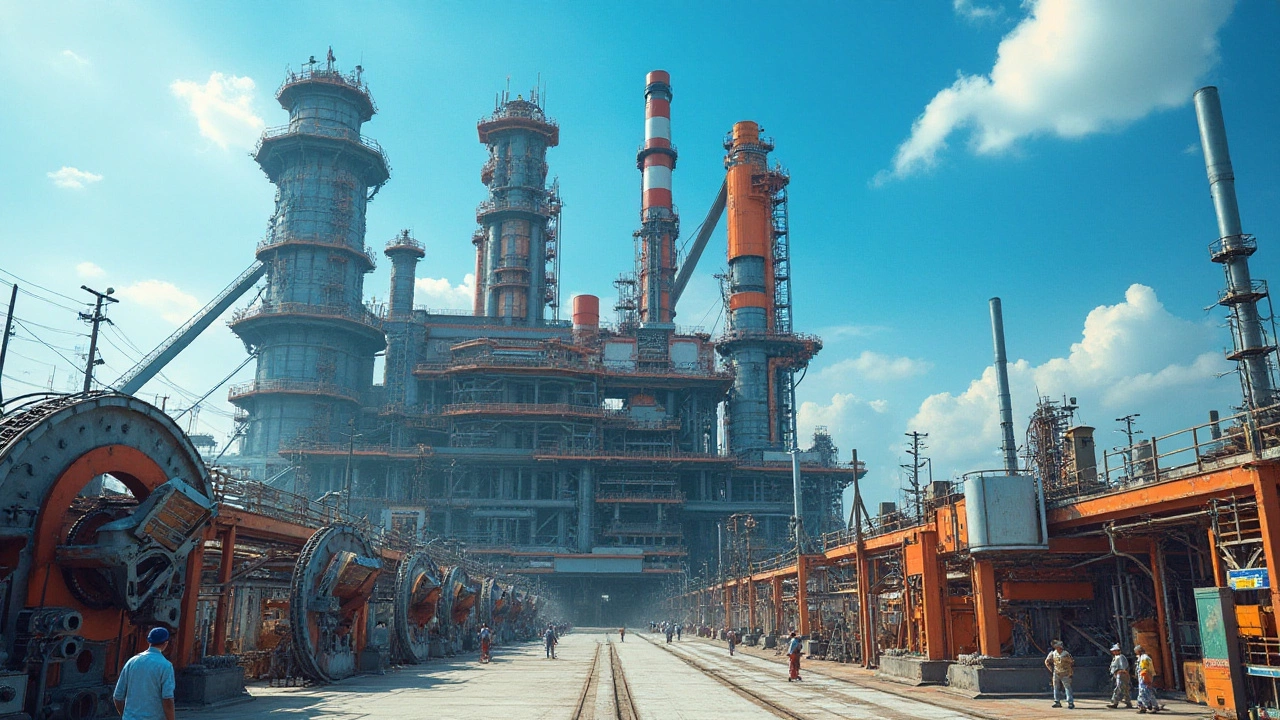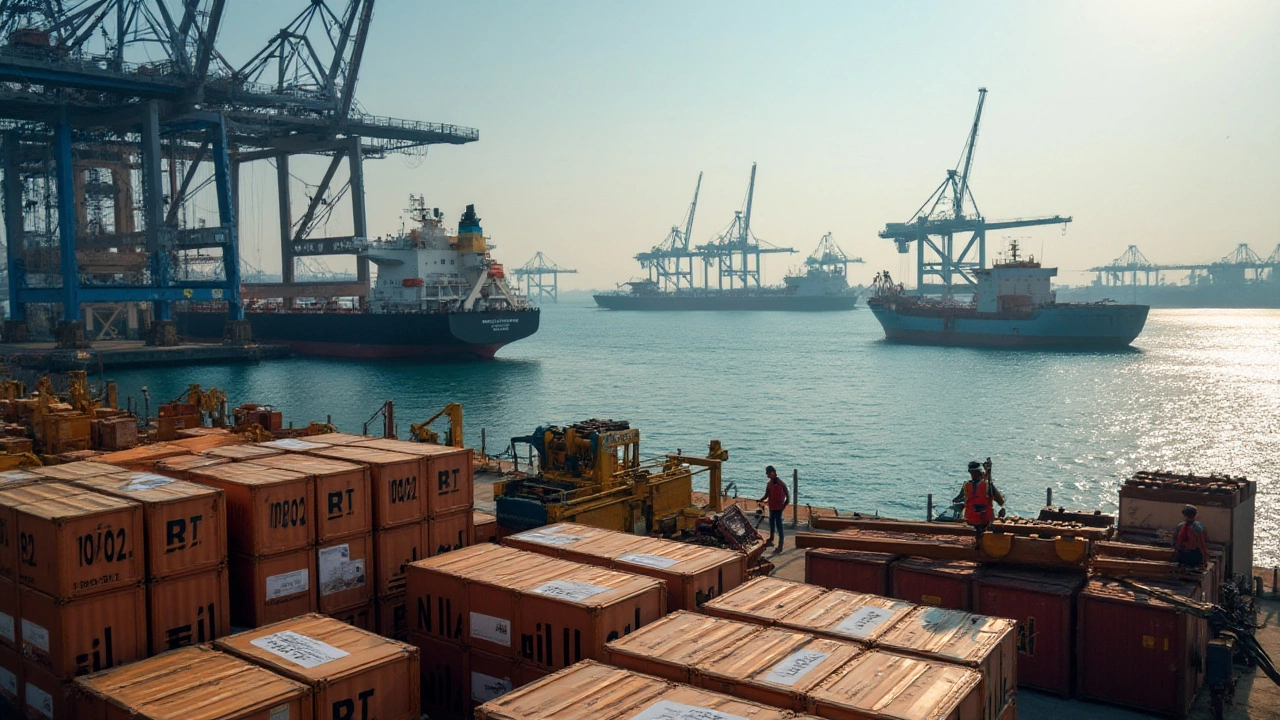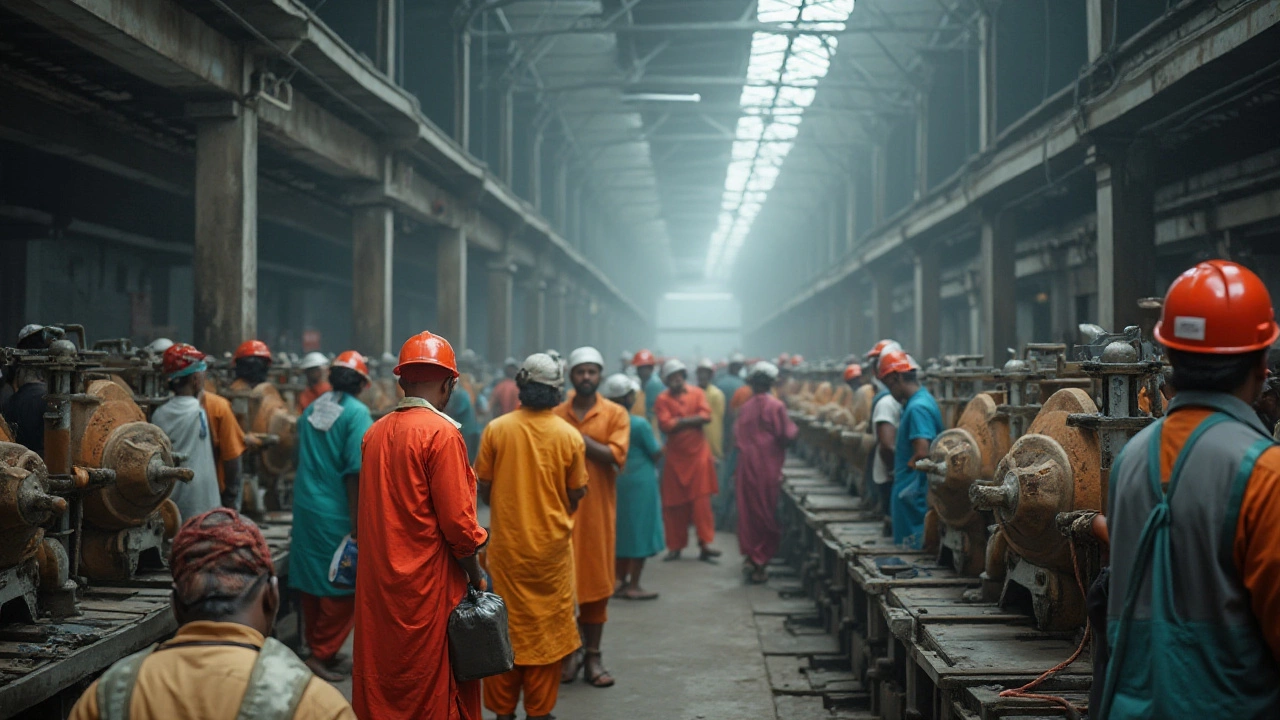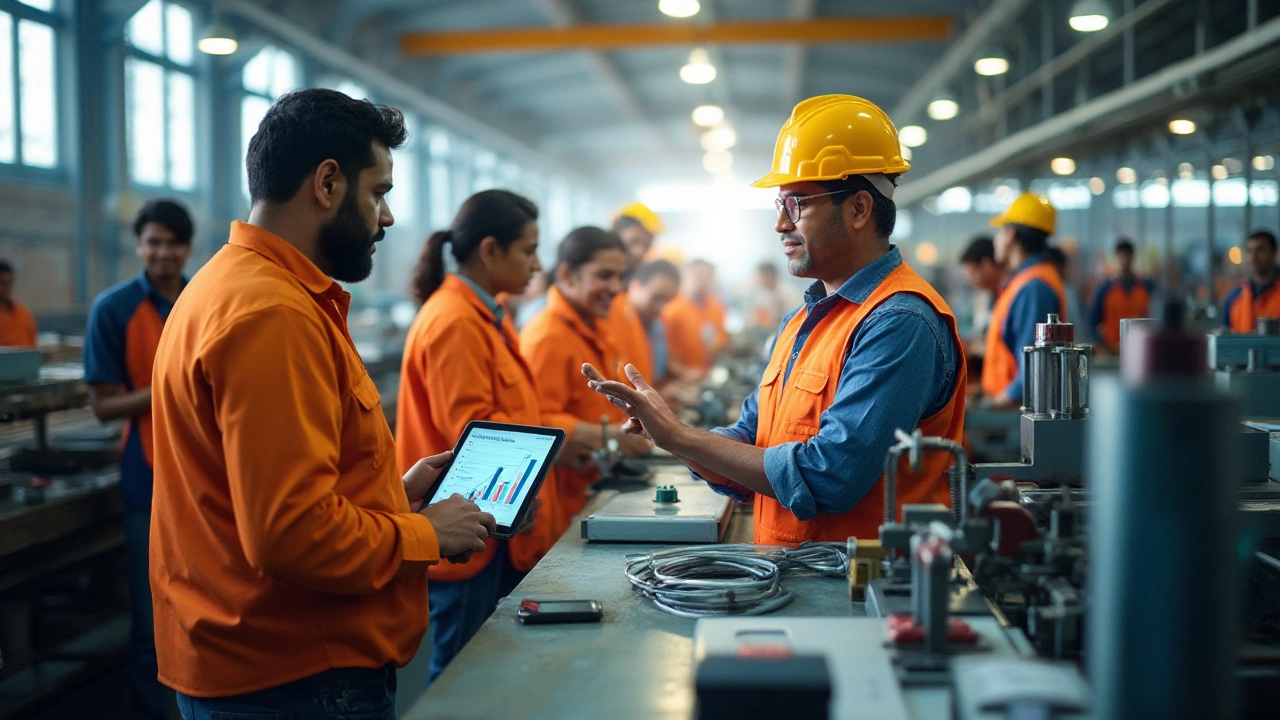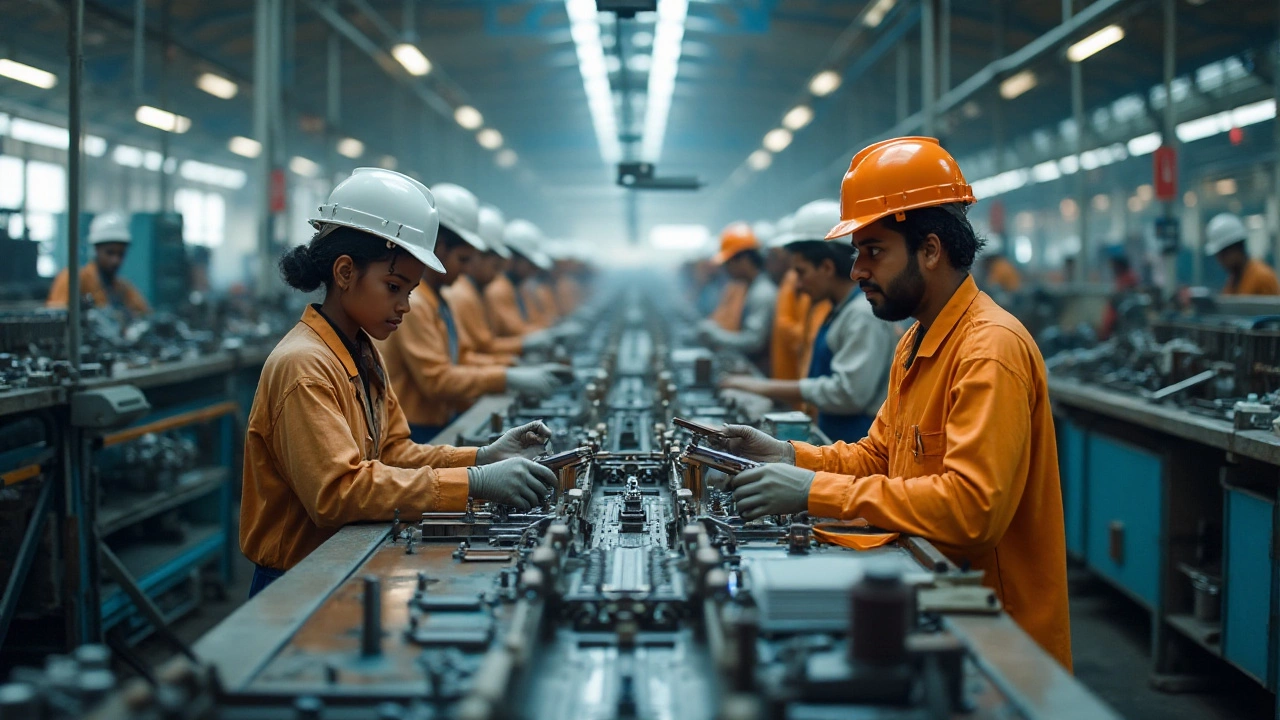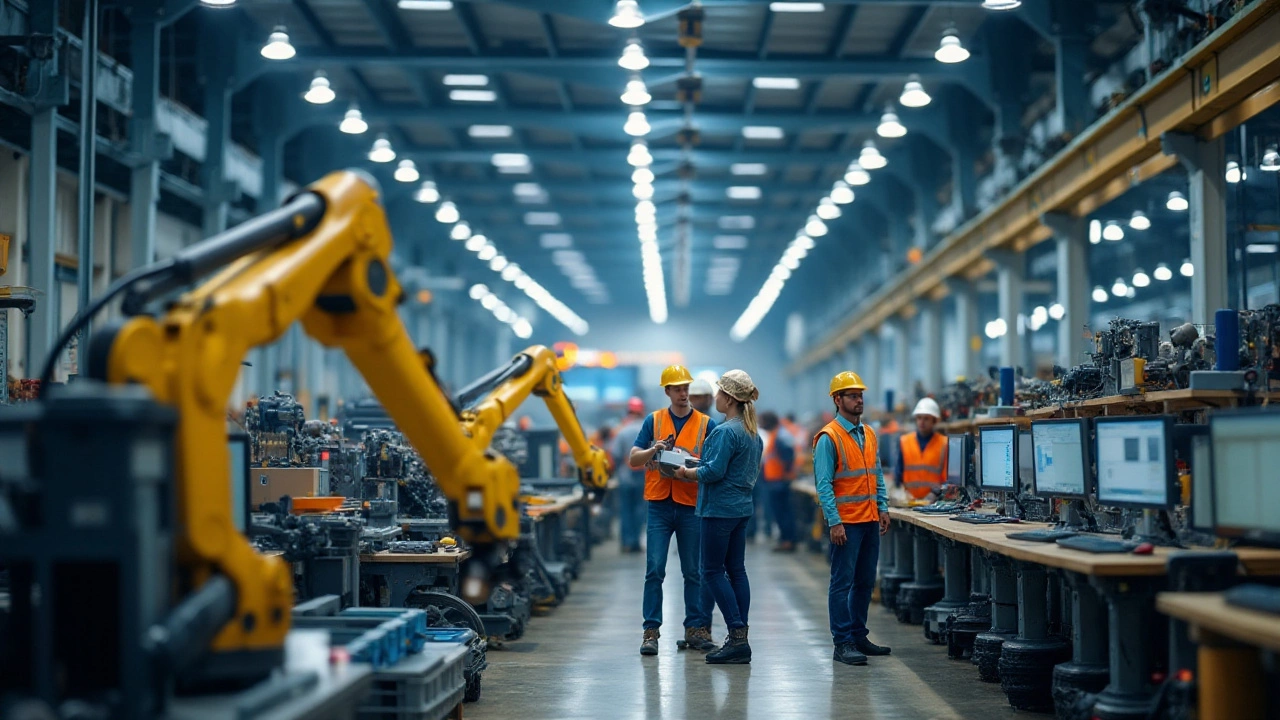January 2025 Manufacturing Insights – What We Covered
We wrapped up a busy month with stories that cut across plastics, chemicals, machinery, steel, and local manufacturing. If you’re looking for a quick run‑through of the biggest headlines, you’re in the right place. Each post was chosen for its practical takeaways, so you can see what’s shaping Indian industry right now.
Key Industry Highlights
Our deep dive on plastic production answered the question: who makes the most plastic on the planet? The article broke down the top global players, their output volumes, and the steps they’re taking to curb waste. In the same vein, we highlighted the companies that generate the most plastic waste and why that matters for policy makers.
On the chemical front, we crowned sulfuric acid as the “King of Chemicals” in India, explaining how it fuels everything from fertilizers to cleaning agents. A companion piece mapped out the main sources of India’s organic chemical imports, showing which countries dominate the supply chain and what that means for local manufacturers.
Machinery lovers got a tour of India’s biggest engineering marvels. We showcased massive machines that are redefining production capacity and gave a snapshot of the country’s leading equipment makers. The article on the most manufactured car model revealed which vehicle has topped global assembly lines, noting India’s growing share in that tally.
Trends Shaping the Future
Local manufacturing was a recurring theme. One post explained how home‑grown factories boost job creation, cut import dependence, and spark innovation. We also explored government schemes that reward local producers, giving you a checklist of incentives you can tap into.
Profit margins got special attention. We asked whether an 80% margin is realistic for a manufacturing startup and listed the operational tweaks that can push earnings higher. Another story showed how a handful of startups crossed the $1 million revenue mark, outlining the tactics that helped them scale fast.
Steel remained in the spotlight with two deep‑dives. One ranked the world’s top high‑quality steel producers, focusing on technology and sustainability. The other identified the current global steel leaders, comparing capacity, R&D spend, and market influence.
Finally, we turned to the U.S. scene. Two articles contrasted the narrative of American deindustrialisation with fresh data suggesting a modest manufacturing rebound, driven by new government programs and tech upgrades. Together, they give a balanced view of where U.S. factories stand in 2025.
From luxury furniture pricing to the booming Indian furniture market, we covered a wide spectrum of sectors. Whether you’re a plant manager, an investor, or just curious about where industry is headed, this roundup gives you the essential insights you need to stay ahead.

Top Global Plastic Manufacturers: A Look at Leading Companies
In the realm of plastic production, a few global companies dominate the landscape. This article delves into who creates the most plastic worldwide, examining the operations of major players in the industry. Discover the scale of production, their environmental impact, and innovative practices aimed at sustainability. This analysis provides insights into the driving forces behind the manufacturing of plastic products used daily.

The Dominance of Sulfuric Acid: King of the Chemical World in India
In the bustling landscape of India's chemical industry, sulfuric acid has earned a regal status as the 'King of Chemicals.' This versatile compound is a cornerstone for numerous applications, ranging from fertilization to industrial cleaning. Understanding its pivotal role in manufacturing and infrastructure helps to appreciate the breadth of its influence. The article delves into its significance, production, and its impact on the economy.

Exploring India's Largest Machinery Marvels
India is a country synonymous with engineering marvels and unprecedented industrial growth. From gigantic machines to state-of-the-art technological advancements, the nation's machinery manufacturers have contributed significantly to the global market. Hosting some of the largest man-made machinery, India continues to push the boundaries of what's possible in manufacturing. This article delves into India's grandest machinery achievements, analyzing their significance, and offering insights into the exciting world of Indian manufacturing.

Top Sources for India's Organic Chemical Imports
India, known for its booming chemical industry, relies heavily on imports of organic chemicals from several key countries to meet its industrial and commercial demands. This article provides an in-depth exploration of the primary sources of these imports, highlighting the countries that play a pivotal role in supplying organic chemicals to India. Additionally, it offers insights into the types of organic chemicals imported and the significance of these imports to India's economy. By understanding these dynamics, businesses and consumers can gain a clearer perspective on the global chemical supply chain.

Why Local Manufacturing is a Game Changer for Economies
Local manufacturing plays a critical role in boosting economies by creating jobs, reducing dependency on imports, and fostering innovation. Government schemes around the world have been devised to support local industries, making them the backbone of economic rejuvenation. With strategic investments and favorable policies, countries can leverage local manufacturing to strengthen economic stability and promote sustainability. Highlighting the importance of these initiatives, we explore the manifold benefits that local manufacturing brings to the table.

Understanding Profit Margins for Manufacturing Startups
Profit margins are crucial for the survival of any business. In the manufacturing sector, an 80% profit margin might sound like a dream, but it requires strategic planning and efficient operations. This article explores whether such a profit margin is attainable, the factors that influence it, and tips for startups aiming to achieve high profitability. It also delves into the challenges and potential pitfalls that can impact profit margins.

The Most Manufactured Car Model in the World: Insights and Trends
Dive deep into the fascinating world of car manufacturing to discover which vehicle has been produced more than any other. This article takes a closer look at the automotive industry's giants, especially focusing on the rising contributions from India. Learn about the historical trends, technological advancements, and the economic implications of car production on global and local scales. Whether you're an automotive enthusiast or someone curious about industry dynamics, this read offers valuable insights.

Discovering the World's Most Expensive Furniture and India's Contributions
Furniture can transform spaces, and for some, the cost isn't an issue if the piece exudes art and history. Some furniture pieces command astronomical prices due to their craftsmanship, materials, and legacy. From intricate designs by Indian artisans to pieces that blend modern innovation with historic artistry, the world's costliest furniture showcases global diversity. This article delves into these luxurious offerings and highlights India’s unique role in the high-end furniture market.

Top Plastic Waste Producers and Their Environmental Impact
Plastic waste is a burgeoning global issue, with specific manufacturing companies contributing significantly to this problem. The environmental and ecological effects of plastic production and disposal are increasingly concerning. Understanding which companies are leading in plastic waste production can help in advocating for better practices and policies. This discussion delves into the major plastic producers and their responsibilities towards reducing waste.

Exploring the Benefits of Manufacturing Industries for Local Communities
Manufacturing industries often play a crucial role in local economies by generating employment opportunities, supporting small businesses, boosting infrastructure development, and enhancing skill development. Through various government schemes and incentives, these industries not only increase economic activities but also improve the quality of life for residents. Understanding the multifaceted benefits of manufacturing can help communities maximize these opportunities. Local involvement and awareness are key to tapping into these benefits effectively.

Is America Facing a Manufacturing Decline?
America is experiencing significant shifts in its industrial landscape, leading to concerns about potential deindustrialization. The decline in manufacturing jobs, increased automation, and the rise of global competitors are influencing these changes. Government initiatives and policies aim to reverse this trend by investing in modern manufacturing methods, job retraining programs, and incentivizing domestic production. Analyzing current data and trends offers insight into whether the U.S. is truly deindustrializing or adapting to a new industrial era.

India's Textile Powerhouse: Exploring the Largest Producer
India's textile industry, a vital sector, boasts a diverse range of products from traditional to modern fabrics. Among its states, Tamil Nadu stands out as the largest textile producer, steeped in rich history and evolving technology. This article navigates the state's leading role, examining production capacity, key players, and its impact on the national economy. Discover how Tamil Nadu became the cornerstone of India's textile prowess in this comprehensive look.
